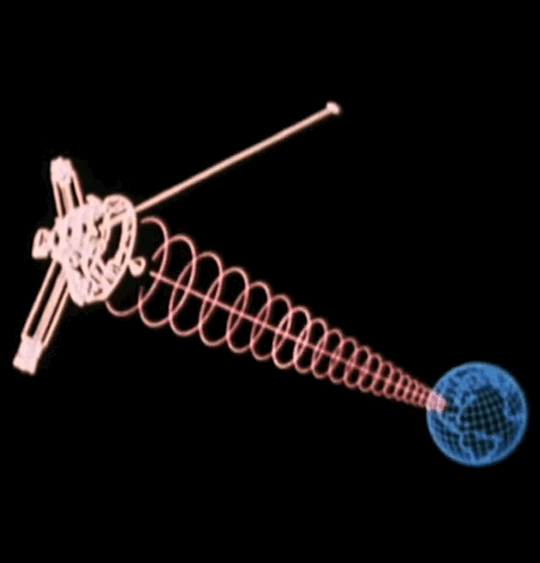#brog
Text
Photos of 16th-17th century Irish clothing
Extant garments in the National Museum of Ireland
Notes: The garments in this post are all bog finds which means their current color may not be their original color. Although some of these items were found with human remains, no photos of human remains are included in this post.
Killery Cóta Mór (great coat) and brogues:
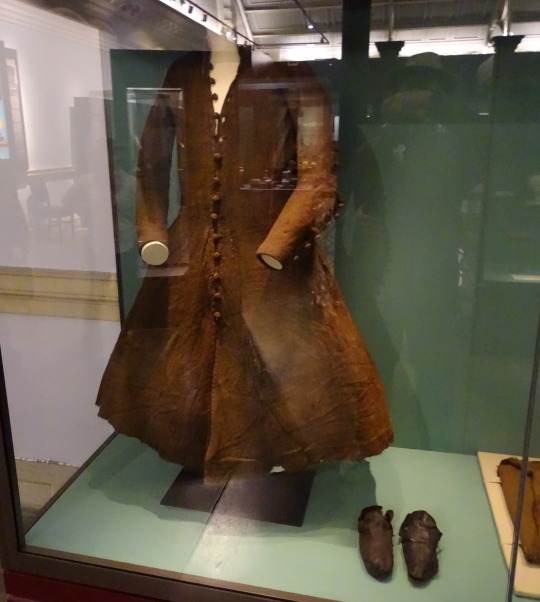
photos by hayling billy used under non-commercial, share alike license
The Killery outfit comes from an adult male bog body found in Killerry parish, Co. Sligo in 1824. It includes a cóta mór, triús, a brat, and shoes which are on display in the museum, and a sheepskin biorraid (conical hat) which fell apart shortly after it was found (Briggs and Turner 1986).
Killery triús (trews):
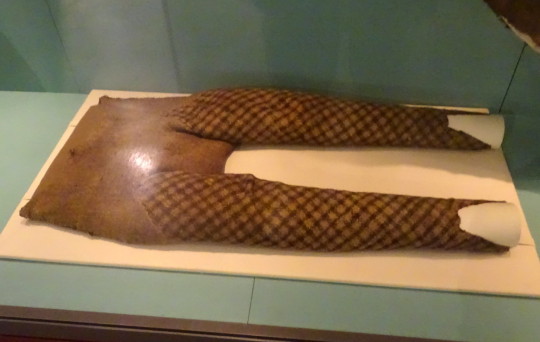
photo by hayling billy
Killery outfit with and without brat:

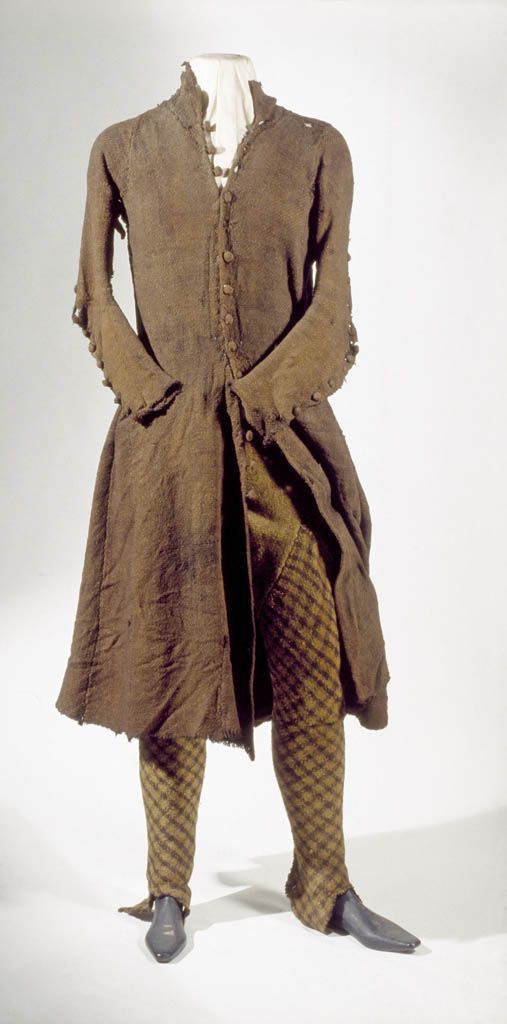
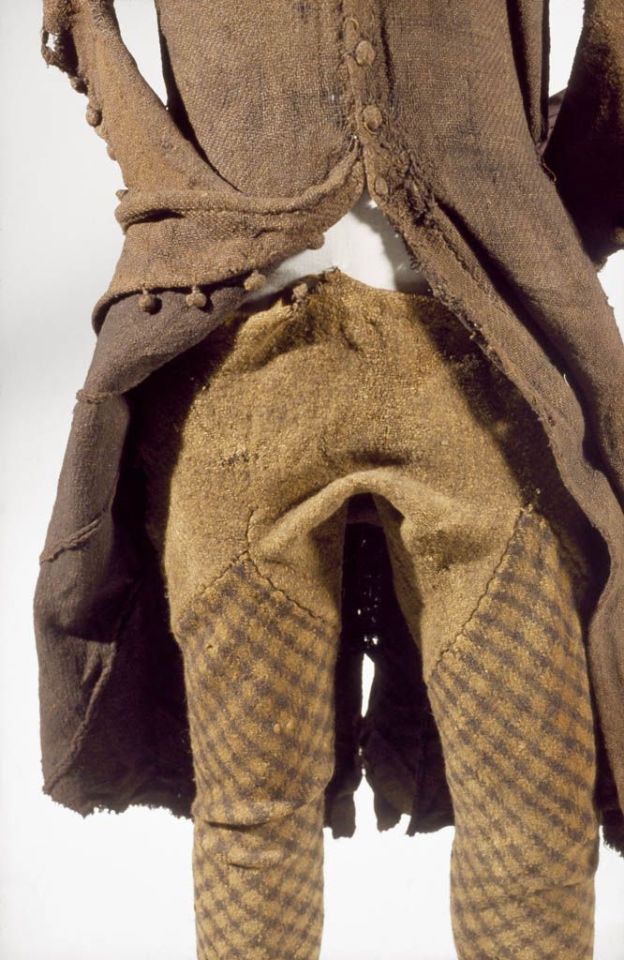
The outfit is generally dated to the 17th c. (Dunlevy 1989). It matches Luke Gernon's 1620 description of Irish men's winter apparel:
"in winter he weares a frise cote. The trowse is along stocke of frise, close to his thighes, and drawne on almost to his waste, but very scant, and the pryde of it is, to weare it so in suspence, that the beholder may still suspecte it to be falling from his arse. It is cutt with a pouche before, which is drawne together with a string."
Additional photos of the outfit: cóta front, hem, buttons, and brat.
Shinrone gown:
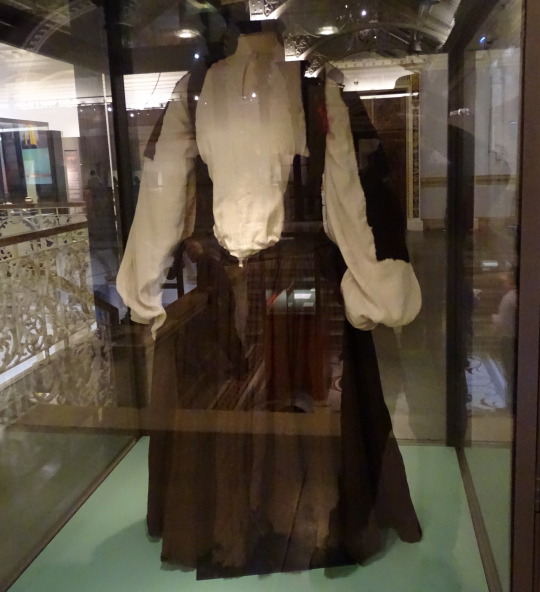
photo by hayling billy
The Shinrone gown was found in a bog in 1843 in Co. Tipperary near Shinrone, Co. Offaly. Unlike the Killery outfit, there were no human remains or other items found with it (Briggs and Turner 1986). The ends of the sleeves and possibly also the bottom of the skirt are missing. The sleeves would have had wrist cuffs or ties that allowed them to be fastened around the wearer's wrists. It probably also had loops or rings along the U-shaped center-front opening for lacing. It is typically dated late 16th-early 17th c, based on its similarity to a circa 1575 illustration by Lucas DeHeere and to the dresses described by Luke Gernon in 1620 (Dunlevy 1989, McGann 2000). It could be older however, because Laurent Vital described dresses with this type of sleeve in 1518.
Copyrighted, better quality photos: left front, right front, back Additional details: side-front, front waistline
Tipperary Cóta Mór:
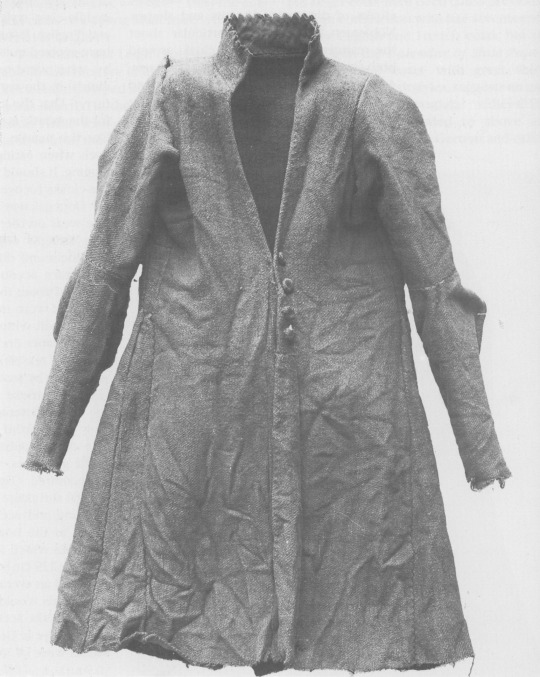

photos from Dunlevy 1989 and hayling billy
Another Cóta Mór. This one is from Co. Tipperary, exact find spot and date unknown. Like the Shinrone gown, it was not found with human remains or other items (Ó Floinn 1995). It is probably also from the 17th century (Dunlevy 1989).
Additional photos: front, side, front buttons, front detail, side
Brat and hats:

photo by hayling billy
I haven't been able to find any clear photos of the label on this display, but based on the excellent condition and the presence of the leather tie, I think this is the Meenybradden woman's brat.
Closeup of the tie:
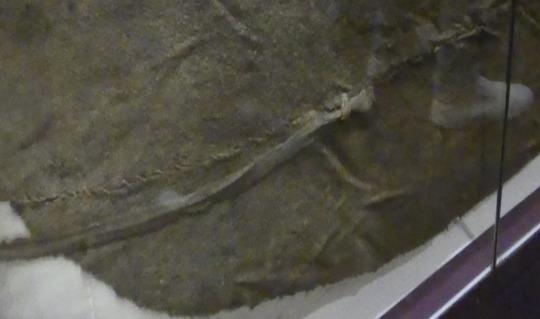
The Meenybradden woman is a bog body found in Meenybradden bog, Co. Donegal in 1978. The brat was wrapped around her as a shroud and secured with the leather tie (Delaney and Ó Floinn 1995). No other garments or artifacts were found with her, although she may have been wearing a linen garment such as a léine when she was buried. Linen tends to not survive in bogs. The Meenybradden woman has a calibrated radiocarbon date of AD 1130-1310, but some archaeologist have suggested humic contamination from the peat may be throwing off the dating. Her brat is identical in cut to others from the 16th-17th centuries (Delaney and Ó Floinn 1995).

Meenybradden brat laid flat. (photo from Delaney and Ó Floinn 1995)
Wool hats:

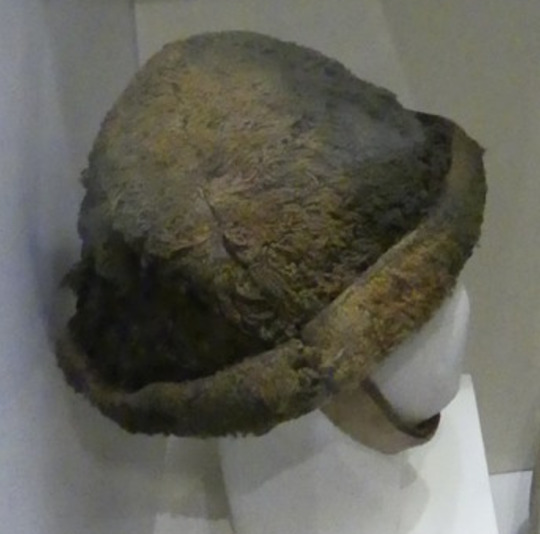
Hats from Boolabaun, Co. Tipperary made of wool felt which has been cut and sewn to form the shape. They have togs of unspun wool worked into them giving them the appearance of faux fur. Dunlevy suggests a 15th-16th c date for them (Dunlevy 1989, McClintock 1943).
Wool cloak:
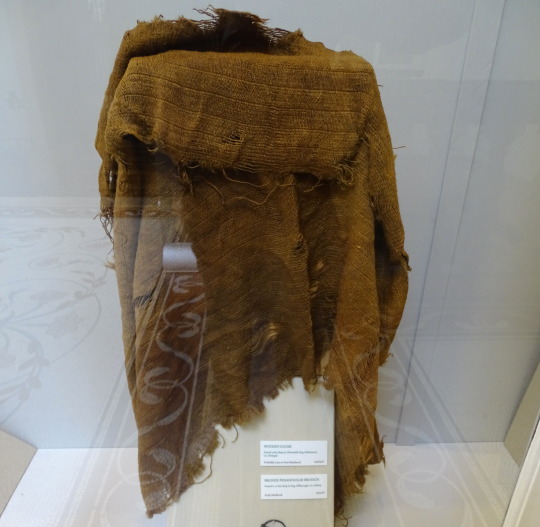
photo by hayling billy
The museum label says it's from Glenmalin bog, Malinmore, Co. Donegal, but I think this may be a mistake. According to Ó Floinn (1995), the artifact with accession number 1946:416 from Malinmore, Co. Donegal is a bale of linen. Ó Floinn's table also gives accession number 1946:416* for a group of clothing from Owenduff, Co. Mayo which includes a gown, a jacket, and a cloak. If the cloak in the photo is actually the one from Owenduff, it is probably from the 17th c (Dunlevy 1989). Alternatively, someone might have misidentified a wool cloak as a bale of linen. The museum label dates this as late Medieval to post-Medieval.
*Either Ó Floinn made a typo or this is a mistake in the museum records. Museums are not supposed to give the same accession number to 2 different artifacts. In the NMI's defense, 1946 was probably a messy year for everyone.
Bibliography:
Briggs, C. S. and Turner, R. C. (1986). Appendix: a gazetteer of bog burials from Britain and Ireland. In I. Stead, J. B. Bourke and D. Brothwell (eds) Lindow Man: the Body in the Bog (p. 181–95). British Museum Publications Ltd.
Delaney, M. and Ó Floinn, R. (1995). A Bog Body from Meenybradden Bog, County Donegal, Ireland. In R. C. Turner and R. G. Scaife (eds) Bog Bodies: New Discoveries and New Perspectives (p. 123–32). British Museum Press.
Dunlevy, Mairead (1989). Dress in Ireland. B. T. Batsford LTD, London.
Gernon, Luke (1620). A Discourse of Ireland. https://celt.ucc.ie/published/E620001/
McClintock, H. F. (1943). Old Irish and Highland Dress. Dundalgan Press, Dundalk.
McGann, K. (2000). What the Irish Wore/The Shinrone Gown — An Irish Dress from the Elizabethan Age. Reconstructing History. http://web.archive.org/web/20080217032749/http:/www.reconstructinghistory.com/irish/shinrone.html
O’Floinn, R. (1995). Recent research into Irish bog bodies. In R. C. Turner and R. G. Scaife (eds) Bog Bodies: New Discoveries and New Perspectives (p. 137–45). British Museum Press.
Vital, Laurent (1518). Archduke Ferdinand's visit to Kinsale in Ireland, an extract from Le Premier Voyage de Charles-Quint en Espagne, de 1517 à 1518. translated by Dorothy Convery and edited by me. https://irish-dress-history.tumblr.com/post/721163132699131904/laurent-vitals-1518-description-of-ireland
#16th century#17th century#irish dress#dress history#gaelic ireland#historical men's fashion#historical women's fashion#bog finds#irish history#historical dress#brog#bratanna#irish mantle#headwear#triús#cóta mór
62 notes
·
View notes
Text

Brog is bad boy. Also gained some weight, don't ask him about it.
52 notes
·
View notes
Text

Roger and Bree | Outlander Promo Photos, June 30, 2023
25 notes
·
View notes
Text
Hot lesbian friends make each other cum all over each other
GIRLSWAY - ULTIMATE Lesbian SQUIRTING Comp!
latina leche en las tetas
Ruivinha tatoada chupando tudo
Hung straight midgets gay for pay and young boy doctor Teamwork makes
Milkytit MILF and babe drilled by machine
Rubbing Pussy then Fingering Puzzy and Ass
femboy shit
Hot Lesbian Strapon Anal Sex - ZeroTolerance
Erotic hottie ass rides big dick
#foramina#Bala#mesometeorology#milleporous#forehent#dumble#bratticed#animi#parlish#Filiano#brog#Sitter#fissiparism#wellie#Nestorianizer#horsehair#grabbed#preservability#fuck#callous
0 notes
Photo

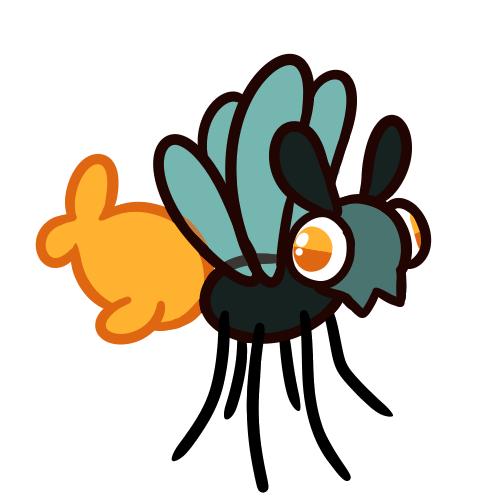



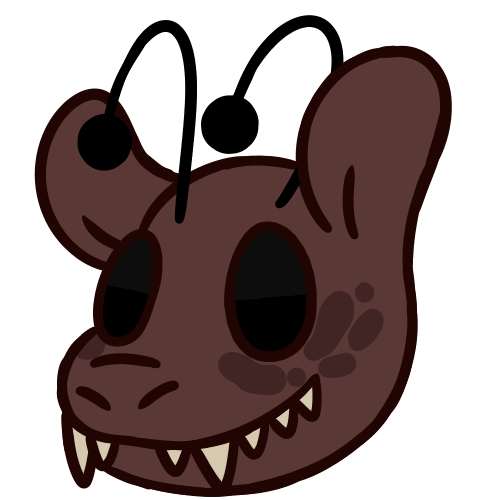
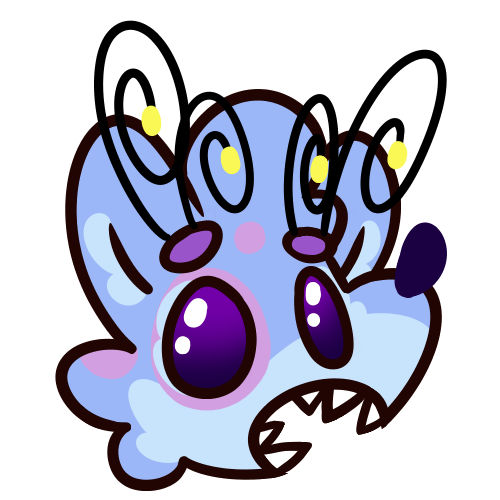
DC Sticker
#Dc sticker#sticker#discord sticker#cloud#mr nameless#hytrix#brann#micodie#brog#the broccodile#buzzbite#melodie#gumycarecat#discord
0 notes
Text
frog blogs
#frog with a blog#tumblrphibia#brog#frog in a bog with a blog#blog of a frog in a bog#bog frog#bog blog#froggy GAMING CHAIR#i regret getting my hot black and purple gaming chair IT SHOULD'VE BEEN FROGGY GAMING CHAIR#rambling#looking for frog blogs to follow
0 notes
Text
If Sora doesn't fangirl over Pixal whenever they meet because why wouldn't she I want a refund!
91 notes
·
View notes
Note
I’m wondering if you have any examples of Irish clothing from the early 1600s (around 1610-1615)? I haven’t been able to find much from this era so I’d appreciate any sources or museum collections that you could recommend.
Starting this out with the caveat that if you're looking for the same level of detail and precision that we have for English dress history in this period, you are going to be disappointed. The types of English primary sources we have for this period (well-dated detailed paintings, well-preserved rich-people clothing, wills, printed books, etc) just don't exist for Ireland. There also seems to be much less research interest in 16th-17th c. Irish dress history, so there isn't nearly as much for secondary sources (books, articles etc.).
You don't mention if you are interested in a specific region in Ireland. Ireland in the early 17th c. was a pretty heterogeneous place. People in Dublin and Waterford wore English-influenced styles. According to British-appointed solicitor-general Sir John Davies, by 1606 a few of the wealthier people in Connacht had started wearing English dress, but many others were still wearing Irish clothing. Ulster was a mix of Irish who were wearing Irish dress and incoming English and lowland Scots settlers.
All of the extant Irish clothing I know of from the early 17th c. comes from either bogs or archaeological excavations. It looks like you've already seen my post on extant garments at the NMI. The NMI also has a couple of felt hats that might be early 17th c. This one is from Knockfola, Co. Donegal. It originally had a decorative cord or band where the pale line is:

There are also another cóta mór and brat, found on a bog body from Leigh, Co. Tipperary, which I don't think the NMI has on display. I did not bother to include them in my post, because they are so similar to the ones from Killery, Co. Sligo, but the fact that these have been found in multiple places suggests that they were common, widely-used garments.
The other major garment-find from this period is the Dungiven outfit which is in the Ulster Museum. a short video The bright blue thread was added by a modern conservator; it's not original. (Side note: The identification of this outfit has gotten unfortunately politicized. Tartan trews were worn by both the Irish and the Scots during the 17th century (McClintock 1943, Dunlevy 1989). The presence of tartan should not be used to draw conclusions about the ethnicity of the wearer.) The primary publication for this outfit:
Henshall, Audrey, Seaby, Wilfred A., Lucas, A. T., Smith, A. G., and Connor, A. (1961). The Dungiven Costume. Ulster Journal of Archaeology, 24/25, 119-142. https://www.jstor.org/stable/20627382
The one other reasonably-well preserved outfit that has published on is from a child burial from Emlagh, Co. Kerry, now at University College Cork. Shee and O'Kelly give it a late 17th c date, but they largely base this date on the presence of a rather generic-looking comb. IMO the outfit could easily be early 17th c.

The Emlagh gown, photographed on a living 8-year-old child who was wearing a sweater and skirt underneath. (The 1960s was a different time.)
The bodice has a wrap-front closure with a back and button-up sleeves similar in cut to the Killery cóta mór. The skirt is a pleated rectangle with the pleats sewn in vertically, somewhat like the Shinrone gown. Publication:
Shee, E. and O'Kelly, M. (1966). A Clothed Burial from Emlagh, near Dingle. Journal of the Cork Historical and Archaeological Society, 71(213), 81-91.
There are also, frustratingly, a bunch of fragmentary clothing finds at the NMI which might be 17th c, but no one seems to care enough to do publications on them, and NMI Archaeology still does not have their collection on-line, so they are useless to us.
The typical Irish shoe for this period is known as a brogue (also called a Lucas type 5 by archaeologists). broguesandshoes.com has photos, a pattern, and construction information.
Unfortunately, the illustrations from Speed's map are the only images I know of from this specific period.
If you want details on what materials were used, I recommend Susan Flavin's dissertation. It's about the 16th c. economy, but things didn't change that much between 1599 and 1601. free download here
If you don't mind wading through early modern English and a bit of period-typical prejudice, I recommend reading A Discourse of Ireland, by Luke Gernon written in 1620. His description of Irish clothing starts halfway down p. 356.
Finally, if you can find them, Dress in Ireland by Mairead Dunlevy (1st ed. 1989) and Old Irish and Highland Dress by H. F. McClintock (1st ed. 1943, 2nd ed. 1950) are the best books I know of for this period.
12 notes
·
View notes
Text

The eepys
#drawing#sparklecare#cometcare au#soob yulby smiley#I love her very much#Hocus the Brog#I. don’t know if hocus has an official tag
41 notes
·
View notes
Text
Trying to 100% the enemypaedia in a nutshell.

#where the fuck is this brog#he’s all I need left#is the aurora shelf brog a rain only dude?#is so I will fucking scream.#xenoblade chronicles#xenoblade chronicles 3#future redeemed#xenoposting#xenoposting 3
18 notes
·
View notes
Text
Guys help me find the criminal that made it so you have to do things after eating a really good lunch
5 notes
·
View notes
Note
🖊 Ghram owns a lot of plushies
i think he has plushies that saturn got him. like he mentions his favorite ferry one single time and saturn gets him a plush of one for every occassion that gives gifts (hatchdays, palentines, kissmas, ect)
graham gets like 5 or 6 new plushies a year.
#his favorite ferry is either a brog or lizzert#his family also has like 5 cogs so he also loves cogs
5 notes
·
View notes
Text
Maybe it has smth to do with what i talked about years ago? that yes people there go through incredible suffering of course, but by virtue of your relationship with the imperial core you will always enjoy a certain kind of protection compared to the rest of us. they prefer their own not out of nationalist sentimentality but because they know YOU are vulnerable to nationalist sentimentality. as we have been witnessing with increasing intensity there is no stripe of the rainbow flag or color of the skin so repulsive that ur dying empire will not be willing to court its bearer’s services. and so forgive me if i am unkind about the total farce that u call your western allyship.
2 notes
·
View notes

